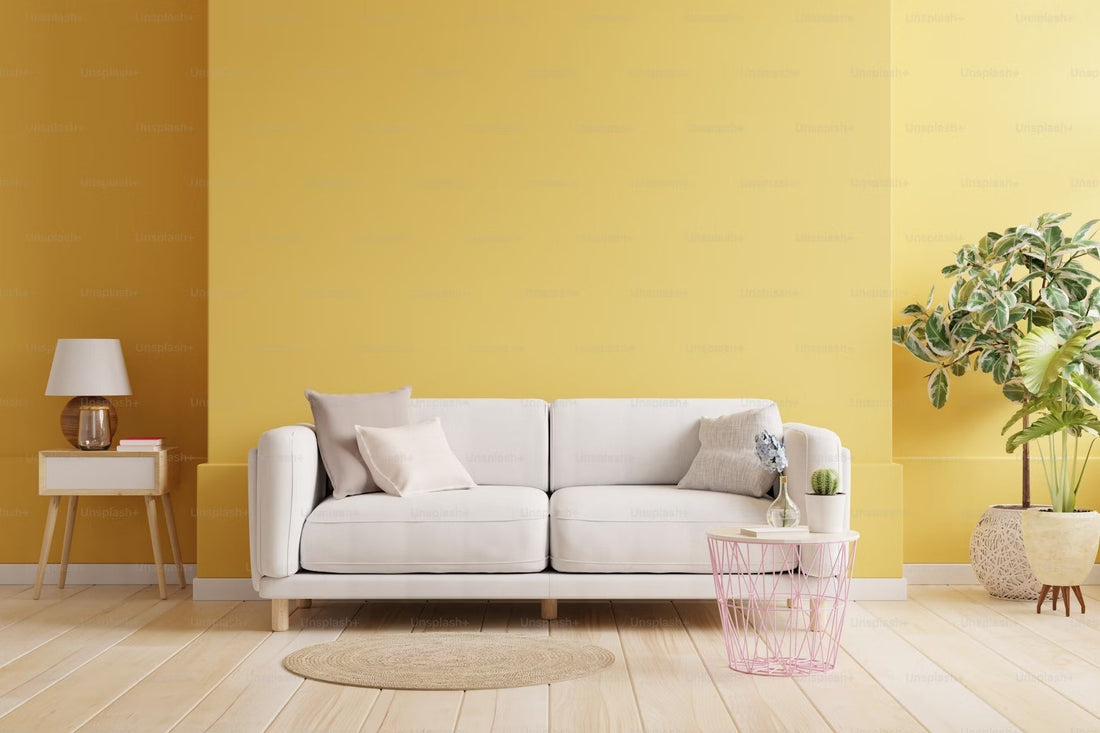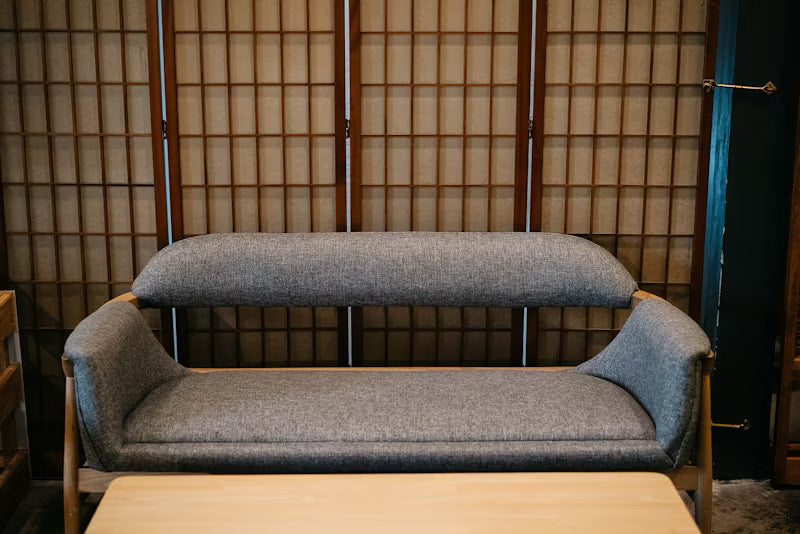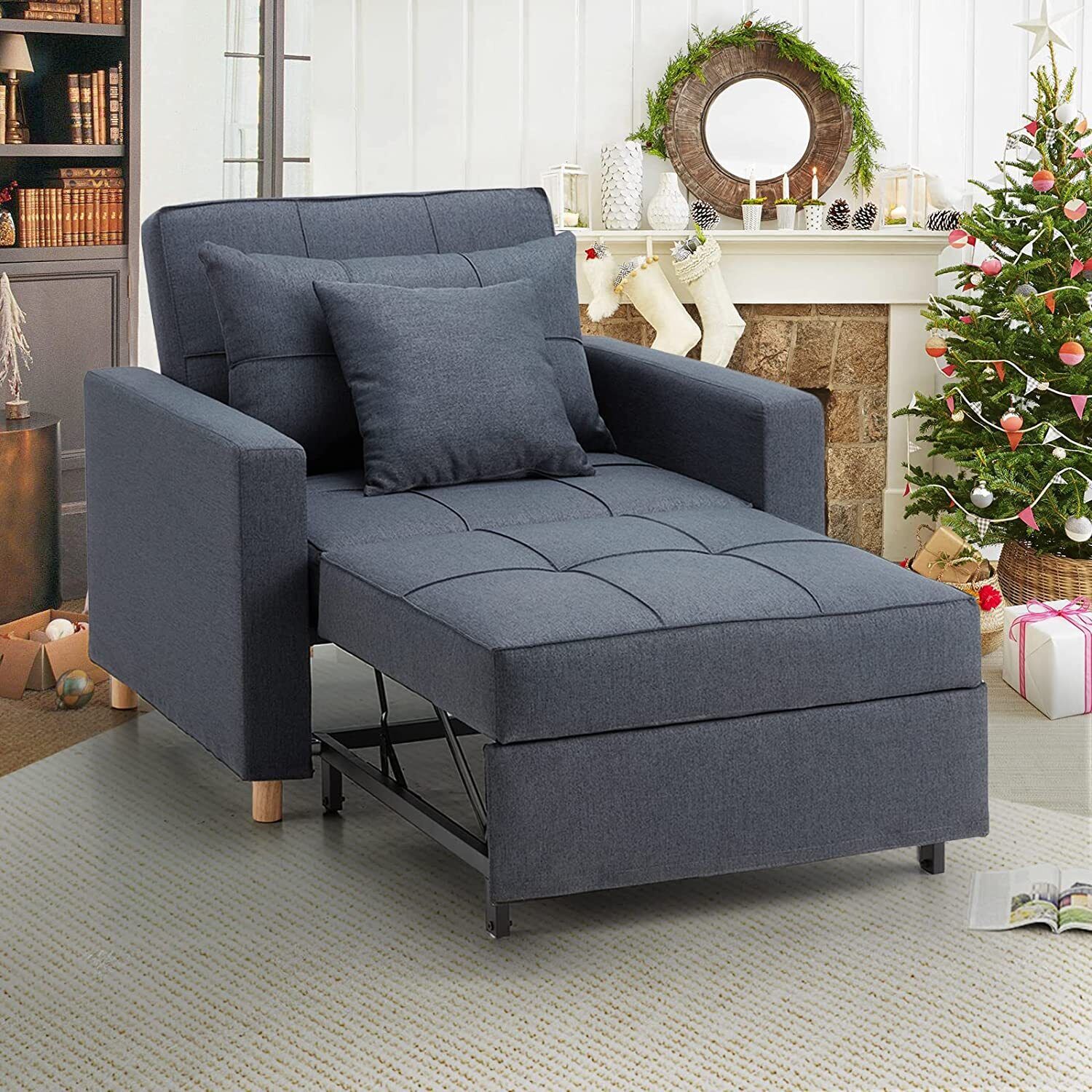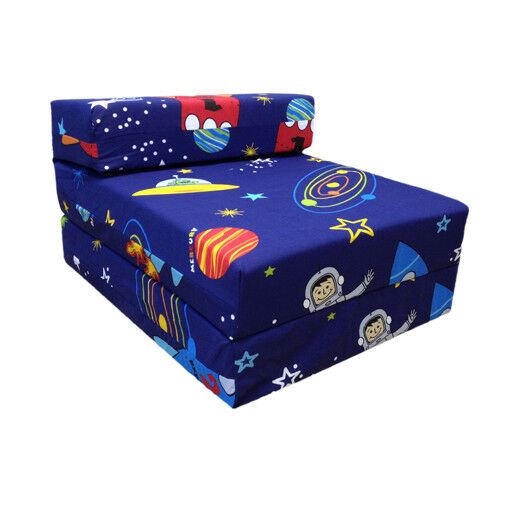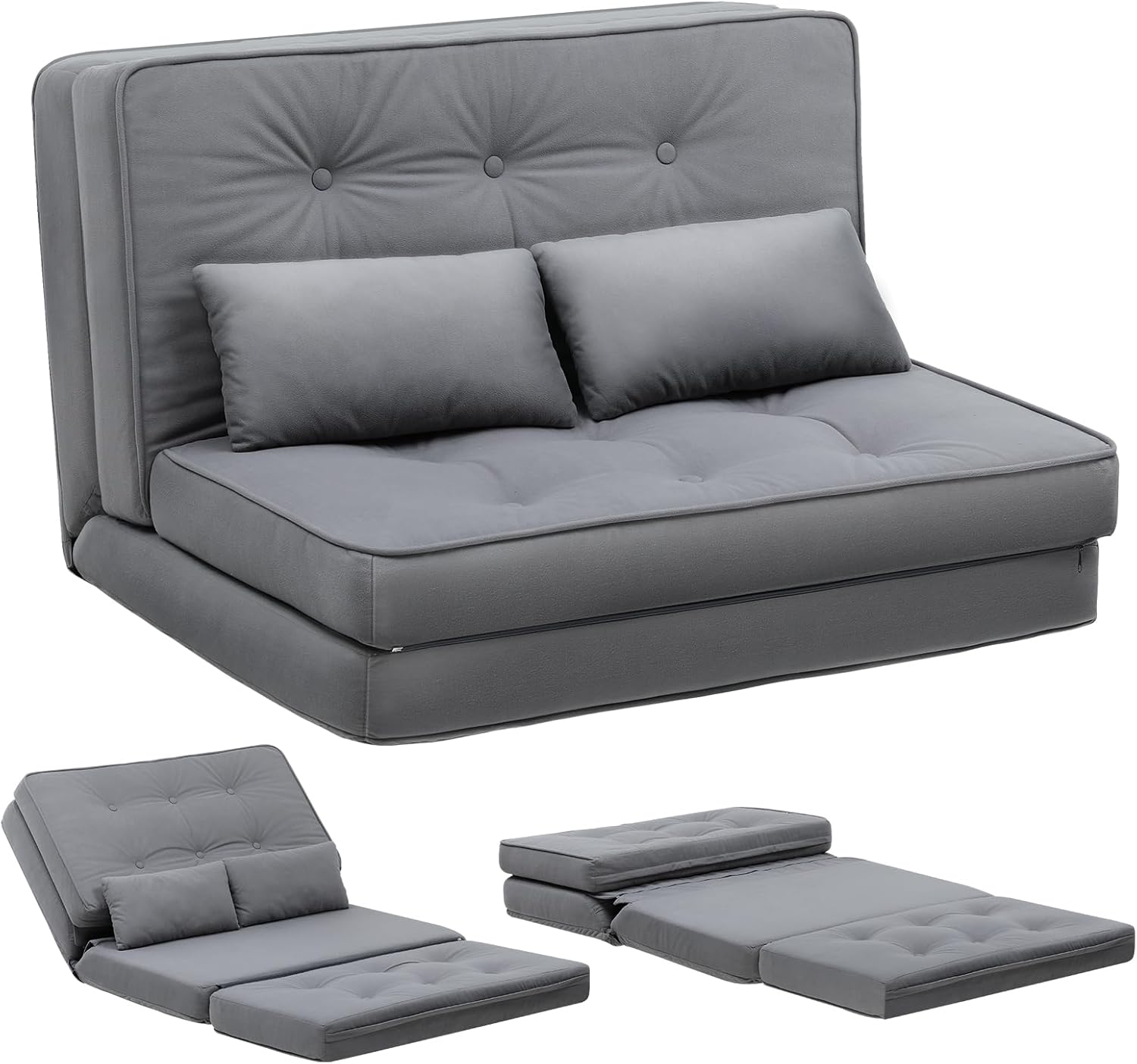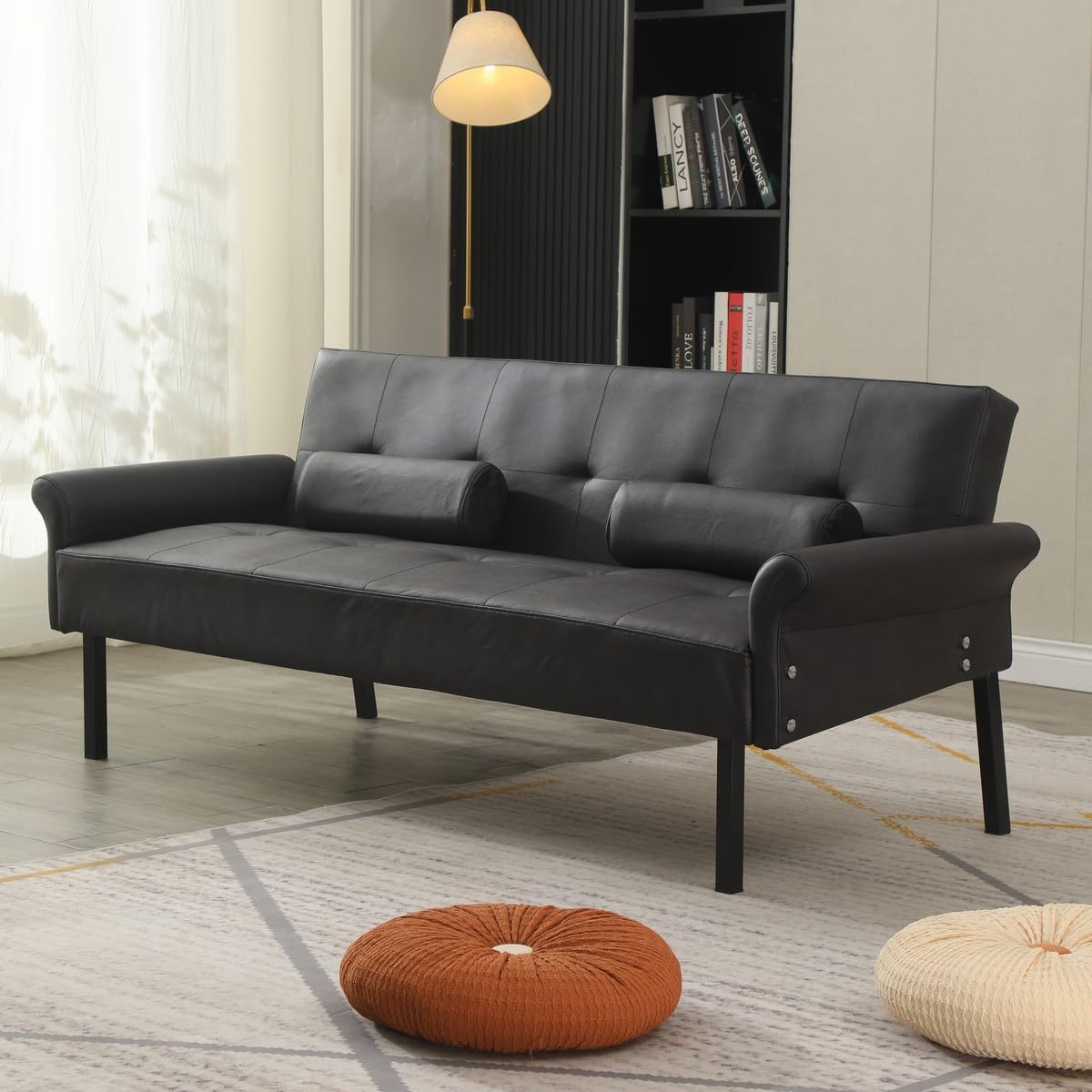Your perception of single futons may vary depending on where you grew up, and if you're considering purchasing one for yourself, it's not always clear what you should look for. If you're only interested in single futons, we'll go over all you need to know about them so you can fully comprehend what they are and what they can accomplish for you.
You'll discover everything there is to know about futons, including how they're created, the health benefits of converting to one, how they fit into a minimalist lifestyle, and where you can get your own!
What is a Futon Single?
A futon is a sort of bed designed for sleeping on the ground in the Japanese way. A base (shikibuton), the futon mattress itself, which is often stuffed with cotton, a comforter (kakebuton) or blanket (moku), and a pillow (makura) that is often filled with beans or foam are all part of the conventional futon bedding system. The bedding arrangement is best used on a tatami floor, which absorbs heat and provides a comfortable sleeping surface. Tatami mats are frequently used by persons who do not have access to a tatami floor.
In western countries, however, the term 'single futons' is commonly used to denote a pull-out couch bed or a close-to-the-floor wooden bed base called a 'futon frame.' Travelers who come across their first original Japanese futon or those intending to buy one are frequently shocked by how different they are.
The charm of a basic and practical space that isn't continually taken up by a bed is shared by both Western and Japanese futons. Futons are ideal for small apartments and studios, as well as providing extra sleeping room for visitors.
Where Did Single Futons Originate?
The futon has a lengthy history in Japan, having been the primary sleeping technique for as long as records can be found. In early Japanese history, bedding was a little different, with a hemp mat (called mushiro) on the floor and a softer mat on top. Layers of straw mat were employed to make things more pleasant during the Nara period of the eighth century, eventually turning into the tatami floor we know today. For added comfort, those of higher rank would place soft zabuton-style cushions on top of the straw mats (head over to All You Need to Know About Zabuton Cushions to find out more). The mattress gradually became ubiquitous on top of tatami matting or mats, and it was folded away during the day in the same way that the futon is used today.
In the 1970s, Boston's William Brouwer invented a western-style futon that keeps the sleeper off the floor in some way to accommodate the city's compact flats. The Brouwer beds' mattresses were thicker and softer than their Japanese equivalents, and they were set on the sofa-wooden bed's slats. This style is still popular in the west, but with a broader selection of styles. The trend toward thicker mattresses has even influenced the Japanese market, resulting in a wider range of mattress sizes than before.
How are single futons constructed?
Single futon mattresses are typically two to three inches thick, cotton-stuffed, and malleable enough to wrap up in during the day. Because of the craftsmanship involved, they are designed to endure roughly fifteen years, which is a longer lifespan than the usual western mattress. To ensure that the sleeper is well supported and comfortable, the mattresses must be well manufactured.
Cotton is used to make every aspect of the futon, including the stuffed mattress, which is normally zipped inside a cotton casing. The single futons is an environmentally beneficial resting option when compared to other sleeping alternatives because it is made of natural materials that are long-lasting and robust.
Because of the comfort and support they provide, foam futon mattresses are becoming increasingly popular, but they are more difficult to store because they do not fold up as readily.
Although single futons may be seen as a cheaper option to a bed in the West, it is important to remember that when choosing a bed, quality comes first. After all, you'll be there for a third of your life. A high-quality single futon will provide strong back support, use breathable fabrics, and endure a long time because of the craftsmanship that goes into making it.
How Can a Single Futon Bed Help Your Health?
Many people are considering replacing their bed and mattress with single futons for a variety of reasons, including convenience and style. Sleeping on a firmer mattress can have a variety of health benefits, with back pain prevention being the most common reason people switch. A firm surface can help with present back pain or prevent future back pain by keeping the spine straight while you sleep.
Some pregnant women have also claimed that sleeping on a futon is more pleasant, particularly for back problems. Because futons can be easily adjusted with extra layers, finding a solution that works for your body as it changes is straightforward.
Parents are also opting for single futons for their children because there is no risk of them falling asleep, and it is a safe surface to play on when they are awake. Futons are also considerably easier to clean than mattresses, which makes them perfect for allergy sufferers.
How to Make the Most of Single Futons :
Thankfully, putting together your futon is simple: simply lay it out on your favourite ground. Tatami mats are obviously preferred, but any soft surface, such as a carpet or mat, may suffice. Put your pillow and blanket on top, and you've got yourself a futon.
If you don't have a tatami room and don't want to buy a tatami mat (or something comparable, such a bamboo or woven straw mat), a thicker futon foundation could help cushion you from the floor. Some individuals even use a camping mat as an extra layer between themselves and their carpet, tile, or hardwood floor. The best part about a futon is that depending on the quality of your night's sleep, you can add extra layers afterwards.
If you don't want to roll up your tatami every day, or if storage space is an issue, a slightly raised wooden frame will eliminate the need for a tatami mat while simultaneously ensuring good air circulation in the futon mattress. You can even use your existing bed frame to support a futon.
If you have the space, you should roll up your futon throughout the day, so think about where you'll store it before you buy it. If you don't have anywhere to put the futon, putting it in the corner of the room can be a suitable alternative that still leaves plenty of room. If you don't use a bed frame and don't store your futon during the day, make sure to air it out regularly to avoid mold growth.
Because you should air your single futons in the sunlight on a regular basis, one of the best ways to dry it after washing it is outside in the fresh air. To remove dust, individuals traditionally beat their futon with a 'futon tataki,' which is akin to a carpet beater. For the wetter months, you can buy a futon drier that goes under the futon and air-dries it.
Single Futons (Traditional)
The solitary futon is strongly associated with Japan's traditional image. While many people in the United States think of futons as a thin mattress on a foldable sofa frame, the term actually refers to a type of bedding that is placed directly on the floor in Japan.
Even while single futons are becoming less widespread in Japanese homes, they are still widely available and are frequently used in ryokans (traditional inns). These are a cost-effective option to begin with, as the cheapest futon sets start at 5,000 JPY. The futon is constructed entirely of cotton and is divided into five sections:-
Mofu
-
Shikibuton (futon mattress)
-
Shiitsu (flat sheet)
-
Kakebuton (comforter) (blanket)
Creating Single Futons Bed
In contrast to Western-style beds, which require a bed frame and a mattress, the Japanese futon is a bed that is directly on the floor. Setting up a futon is simple; we have a manga instruction here! Place the shikibuton on the floor first. Spread the sheets over the futon and fold the extra under for a snug fit. Then, using the fitted sheet, cover the kakebuton and lay the solid side down on the mattress, with the oval-shaped side facing upward.
When it comes to pillows, one popular type is filled with little beads that fit to the shape of your neck and head and help you get a good night's sleep. Because tatami mats are significantly softer and provide more support than hardwood flooring, the Japanese futon is frequently placed on them.
When not in use, single futons beds are designed to be tucked away. During the day, this frees up space in the room and keeps the futon from collecting dust and filth. Traditional Japanese beds, despite their appearance, are fairly comfortable to sleep on. If you're sleeping on a hardwood floor or simply want more comfort, a tri-fold mattress can assist provide extra comfort and support while still being easily stored.
Sofa Bed
Sofa beds are another fantastic option for complementing the compact size of Japanese apartments. Sofa beds, like Western-style futon beds, can be used for both sleeping and sitting. The cheapest couch beds can be obtained for 5,000 JPY, despite not having the most brilliant designs. Sofa beds that are more expensive have higher designs, comfort levels, and storage choices. They're a terrific way to save room in your Japanese apartment, but if you're taller than 160cm, they might be pretty uncomfortable to sleep on.
Platform Tatami Bed
Tatami platform beds, a modern spin on the Japanese futon, provide Western-style bedding while maintaining a more traditional feel. The structure is still low to the ground, unlike Western-style beds. The inside of the frame is also composed of tatami bamboo, rather than being totally built of wood. The bed frames start at around 15,000 JPY, with higher pricing coming with more patterns and sizing options. The frames can accommodate either a traditional Japanese single futons or a Western-style mattress, though Western mattresses appear to be more common.
Western Comforter
The Western-style mattress and sheets are the most prevalent form of bed found in Japanese homes. Bed frames can be expensive, with the most basic starting at 20,000 yen. The beds, on the other hand, are built to last a long time and provide extra storage for the users. In comparison to the Japanese futon, Western beds come in a variety of sizes. Western mattresses come in twin, semi-double, Double, queen, and king sizes, while shikibutons are mainly single.
Mattress Ashitsuki :
Sizes of Beds -
The dimensions of Japanese and American size beds are slightly different. The following are the standard bed sizes in the United States: twin (99x191cm), full (137x191cm), queen (152x203cm), and king (152x203cm) (193x203cm). Because Japanese apartments are small, conventional beds are smaller: single (97x195cm), semi-double (120x195cm), double (140x195cm), queen (152x195cm), and king (152x195cm) (180x195cm). These sizes are available in both standard and ashitsuki mattresses. To maximize your flat's space, choose a single or semi-double sized bed for a one-room apartment.
Choose where to put it
You must choose where you will use them and how frequently you will use them. Do you have any relatives who visit you on a regular basis? If that's the case, you'll appreciate the long-lasting design of a Dark-Coloured Futon. Meanwhile, if you only have visitors once or twice a year, you can use bright colours and stylish designs.
Will you use the single futons sofa beds as a daily convertible or as an occasional sleeper? If this is the case, the selection procedure will be based on the planned use. Choose a mattress that meets your sleeping needs if you're using it as a daily convertible. The Jovi single futon bed is available in honey/walnut and indigo ink/Irish cream colors.
The mood you want to create -
Think about the thickness
When selecting a single futon bed for your area, thickness is an important factor to consider. You should understand how thick of a mattress you require. This is largely dependent on your degree of comfort and the number of guests. Check out the Colemon single futon bed, which comes in a variety of hues like Irish cream, indigo ink, and more, or the Winsley fabric couch cum bed, which comes in a traditional brown color.
You can also choose with a Slim Sofa Bed mattress because they are fashionable and have a high-end design that makes them appear elegant and inviting.
A frame is necessary
The frame here is all about the type of wood you use. It represents your preference, and you should pick one that complements your environment and style. The frame is also available in a variety of finishes, including walnut, honey, and natural brown. They also come without any wooden frames, as the single futon upholstery is not supported by any wooden frames. You have the option of selecting beds that suit your personality.
At the same time, avoid the one that is too short, too tall, too thick, or too thin. You should choose the proper fit. The hardwood frames on the Jovi Single Futons bed have both types of finishes, and the frames are attractively crafted. Their design is sufficient to match or decorate your interior.


